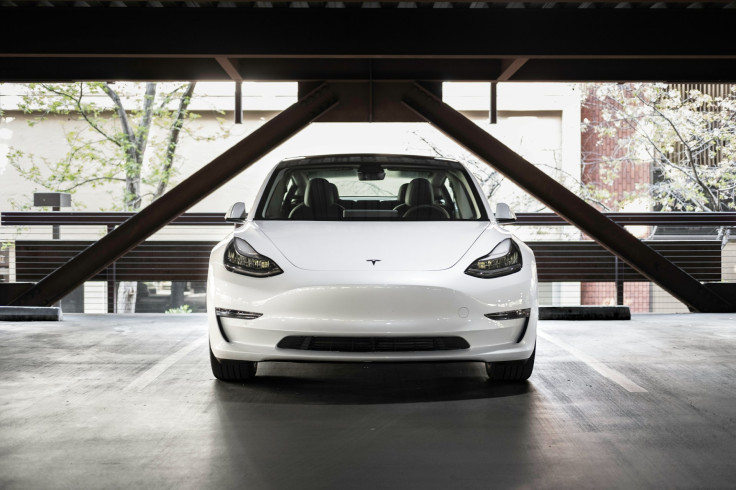Tesla Launches More Affordable Model 3 And Model Y Variants Amid Growing EV Competition

Tesla has rolled out lower-cost versions of its best-selling Model Y SUV and Model 3 sedan in a bid to revive sliding sales and reclaim lost ground in the increasingly crowded electric vehicle market.
But Wall Street's reaction was far from electric, with shares slipping as investors questioned whether the move signals deeper trouble for the carmaker.
The new Model Y, featuring a pared-down interior and priced at just under £30,000 ($40,000), arrives at a tough moment for Tesla.
The company is battling fierce competition from foreign EV brands, an ageing product lineup, and ongoing consumer boycotts linked to CEO Elon Musk, all while trying to reignite demand for its once market-dominating models.
Additionally, Tesla unveiled a Model 3 with a price tag of less than £27,000 ($37,000). With the state rebate, the price dropped below £26,000 ($35,000) for New York residents.
For a long time, Tesla has promised a more affordable vehicle to attract budget-conscious buyers; yet, the two new standard variants are priced far more than the $18,000 ($25,000) target. They are launched at a time when customers are anticipated to delay purchases for the time being, owing to the recent expiry of a $7,500 federal tax credit for EVs.
Unfortunately, Tesla stock drops as these new affordable vehicles fall short of expectations.
Tesla's shares fell 4.5% to £330 ($443.09) on Tuesday, 7 October 2025, following a 5% rise the day before on anticipation of the new model's release.

Concerns Over Tesla's Latest Move
More analysts worry that this recent launch might hurt profit margins, impede innovation, and fail to compete with lower-cost rivals, especially in China.
According to Reuters, Running Point's Chief Investment Officer Michael Ashley Schulman stated that Tesla's most recent action is in line with the company's Robotaxi strategy and its attempts to keep market share while maintaining production efficiency.
While this strategy has the potential to increase sales and fight aggressive pricing from other EV manufacturers, Schulman warned that it might cut into profit margins and hurt demand for more expensive models. He added that the success of this plan will depend on Tesla's capacity to cut costs across manufacturing, battery production, and logistics.
Ken Johnston, Vice President of Data, Analytics and AI at Envorso, said Tesla's recent price cuts may lift short-term sales but also highlight a slowdown in innovation. He brought up the fact that instead of releasing truly innovative offerings, the company seemed to be embracing more conventional strategies in the car industry to maximise profits.
Camelthorn Investments Adviser Shawn Campbell added that while this launch may offer short-term benefits, it will not do much to address the growing challenge from lower-cost Chinese EV manufacturers in global markets.
Battle for Global EV Dominance
Both well-established manufacturers and up-and-coming competitors are stepping up their attempts to secure a greater share of the EV market.
Tesla is facing competition from Chinese manufacturers like BYD and NIO, which are actively expanding into global markets and providing cheaper alternatives to their products. Traditional automakers like Volkswagen, Ford, and General Motors are speeding up EV manufacturing and improving their technologies, reducing the performance and price gap that Tesla had.
Although Tesla's dominance is beginning to show signs of pressure, its worldwide position is still solid. A number of important areas have seen a decline in delivery numbers, including China and Europe, where domestic rivals are making great strides. While the company continues to invest in software, AI, and autonomous driving to differentiate itself, analysts warn that innovation alone may not be enough if affordability and market adaptation fall short.
As the EV sector grows, staying ahead of the competition and adapting to shifting consumer demands are becoming more difficult for Tesla.
© Copyright IBTimes 2025. All rights reserved.





















